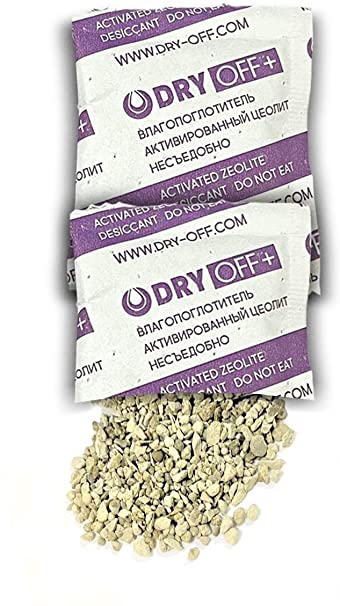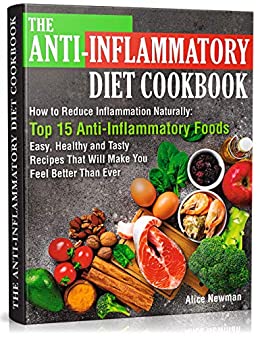
"Bad Foods" explores the misunderstanding of food nutrients and the resulting negative reputation of some of our favorite dishes. This is especially true when it concerns the role of media in spreading misinformation. Although it may seem like a good idea, closer inspection reveals that certain foods can actually be dangerous for your health. Here are some of the reasons why bad food labels are misleading. Learn more.
Processed meats are a prime example. They have high levels of sodium, saturated and other unhealthy fats. Additionally, many of these products contain harmful chemicals. These chemicals are often added to foods as preservatives in order to ensure they stay fresh. Many of these foods also contain banned substances. Avoiding them is crucial for your overall health. Try a healthy alternative.
Sugar is another culprit in the diet. Numerous illnesses can be caused by sugar, including heart disease and diabetes. Sugar increases the body's vulnerability to the detrimental effects of excessive calories. This is not only a poor food source, but it also raises the risk of developing coronary disease. Saltine crackers can also cause high blood pressure. You should avoid saltine crackers if weight loss is your goal.
The problem of "bad food" is not a new one. However, not all foods are unhealthy. Rather, it's a matter of balance. It is important to eat a healthy diet that includes a variety of nutritious food. Maintaining a healthy diet is key. This is because eating junk food will only make your health worse, as you will be depriving your mind and emotional needs in the process.
Not all "bad" foods are obvious. People don't always realize that bad food can make them feel hungry and depressed. This is due to unhealthy lifestyle habits and poor diets. Consuming junk food can cause your body to produce more insulin that it needs. Type 2 diabetes can develop if you eat junk food a lot.

"Bad" foods can be classified as foods that are high in sugar and fat. While some foods are considered to be bad, there are others that have the opposite effect. If we think of ourselves as a bad person, then we make poor choices. We don't eat enough vegetables or exercise enough. These behaviors are detrimental to our health, and can only increase our chances for making bad choices.
Food can make us sick. Exercising too much of one food type can lead to constipation, or other problems. Fiber is also not a good thing for the body. By making sure that your body gets all the nutrients it needs, you'll avoid unwanted weight. This is because your body does not need all the fat that you can imagine.
Too many dried fruits can harm your teeth. They are high in sugar, which feeds bacteria in your mouth. They can stick onto your teeth, causing serious damage. They also have lots of sugar, which is bad for your teeth. These foods can be dangerous for your health. They can cause tooth decay, and aren't good for your digestion. You should avoid them. It will shock you at how terrible they really are.

While red meat and processed foods are bad for your health, they're also good for you. They are high in iron as well as protein. They are good for you. However, it is important to choose wisely. There are many foods you should avoid. These foods can cause health issues so make sure you choose the right food for your needs. Be wise when choosing. This will make it easier to eat healthy and help you lose fat.
Studies have linked high sugar levels to fast food. If you don't want to eat this kind of sugar, limit your intake french fries. They are one of the most widely consumed fast food items in the world. So, you're likely to have a lot of them in your fridge. They can also be dangerous for your health. Fast food is also a problem. It's crucial to stay clear of fast food to avoid health issues.
FAQ
Is it possible to be self-taught?
Self-taught cooking is possible! The joy of cooking is something that everybody enjoys doing, no matter their skill level. If you are interested in learning how to cook, start cooking at home. Start small with things like making pancakes or spaghetti sauce for your dinner. The best way to learn how to cook is to try new recipes and experiment. It is possible to make mistakes.
It takes anywhere from several hours to several weeks to learn how to cook, depending on your skill level. Remember that cooking is not about following recipes. There are many methods to prepare food.
What should a beginner chef learn?
A beginner should start cooking something easy, like pasta, rice, or soup. Learn how to cook with a recipe book, YouTube video or other resources. It's much more fun to cook with someone you know. Have a group of friends cook, or cook together.
Are there any free online cooking classes?
Many websites provide free cooking lessons. YouTube has many videos that will show you how to cook different dishes. You can access thousands of recipes from some websites. You will need to pay a monthly subscription, but you can still try the site for free for 30 day.
How much does it cost to study Culinary Arts?
Prices for studying culinary arts vary widely. For example, a four-year degree typically costs around $40,000. A two-year associate's level degree can cost less than $5,000. The tuition rate you choose depends on the program. Private institutions charge higher prices than public ones.
What skills will I need to be able to go to culinary school?
You must have the ability to cook well and work under pressure. Cooking classes can be taken at high schools and community colleges to learn the basics of cooking. Once you have learned the basics of cooking, it is time to look for work at a restaurant.
Statistics
- According to the BLS, chefs earn $58,740 a year. (learnhowtobecome.org)
- On average, chefs earn $58,740 a year, according to the BLS. - learnhowtobecome.org
- The median pay for a chef or head cook is $53,380 per year or $25.66/hour, according to the U.S. Bureau of Labor Statistics (BLS). (learnhowtobecome.org)
External Links
How To
How to make the perfect omelet
Omelets is one of my favourite breakfast foods. But how do they turn out so perfectly? I've tried many recipes and different methods but none have worked. I have some tips and tricks to help you make delicious, fluffy omelets every single morning.
We should first know that eggs are very temperamental ingredients when making omelets. Eggs must be purchased fresh, preferably organic, and kept chilled until ready for cooking. You must keep them cool enough to allow the whites to form properly and the yolks to become too runny if they're not kept at the right temperature. This causes your omelets to look oddly colored. If you plan to cook the eggs right away, it is best to use room temperature eggs.
Another tip is to separate your egg before adding it into the pan. Because this could cause your omelet to become curdled, you don't want any yolk to be mixed with any white.
The egg can burn if it is placed directly on the stovetop. Instead, place the egg in the microwave for 10 second before you put it in the skillet. The microwave heat cooks your egg just right, without it becoming too soft.
Next, let us talk about how to mix the eggs. You want to mix the eggs thoroughly before you add them. To do this, take the bowl from the mixer and flip it upside-down. Then, vigorously shake the bowl. This allows the air to be whipped and the egg to be mixed thoroughly.
Now it's time to have fun: pour the milk into the mixture. Pour half the milk into the beaten egg mixture and then fold in the eggs. You don't need to worry if streaks remain. They will disappear once you flip your omelet.
After you have folded your eggs, heat up the oil on medium heat. Wait for it to get hot. Once the oil has gotten hot, add 1/4 cup of butter and swirl it around so that the entire pan is coated. Next, carefully open the lid and sprinkle salt into your pan. A pinch of salt will help prevent the omelet from sticking to the pan.
Once the omelet has formed completely, cover the pan and let it set for a few minutes. Flip the omelet with a spatula, or flip it upside down. Cook the other side for about a minute. Take the omelet out of the pan and immediately serve.
This recipe works best with whole milk, but skimmed milk also works.